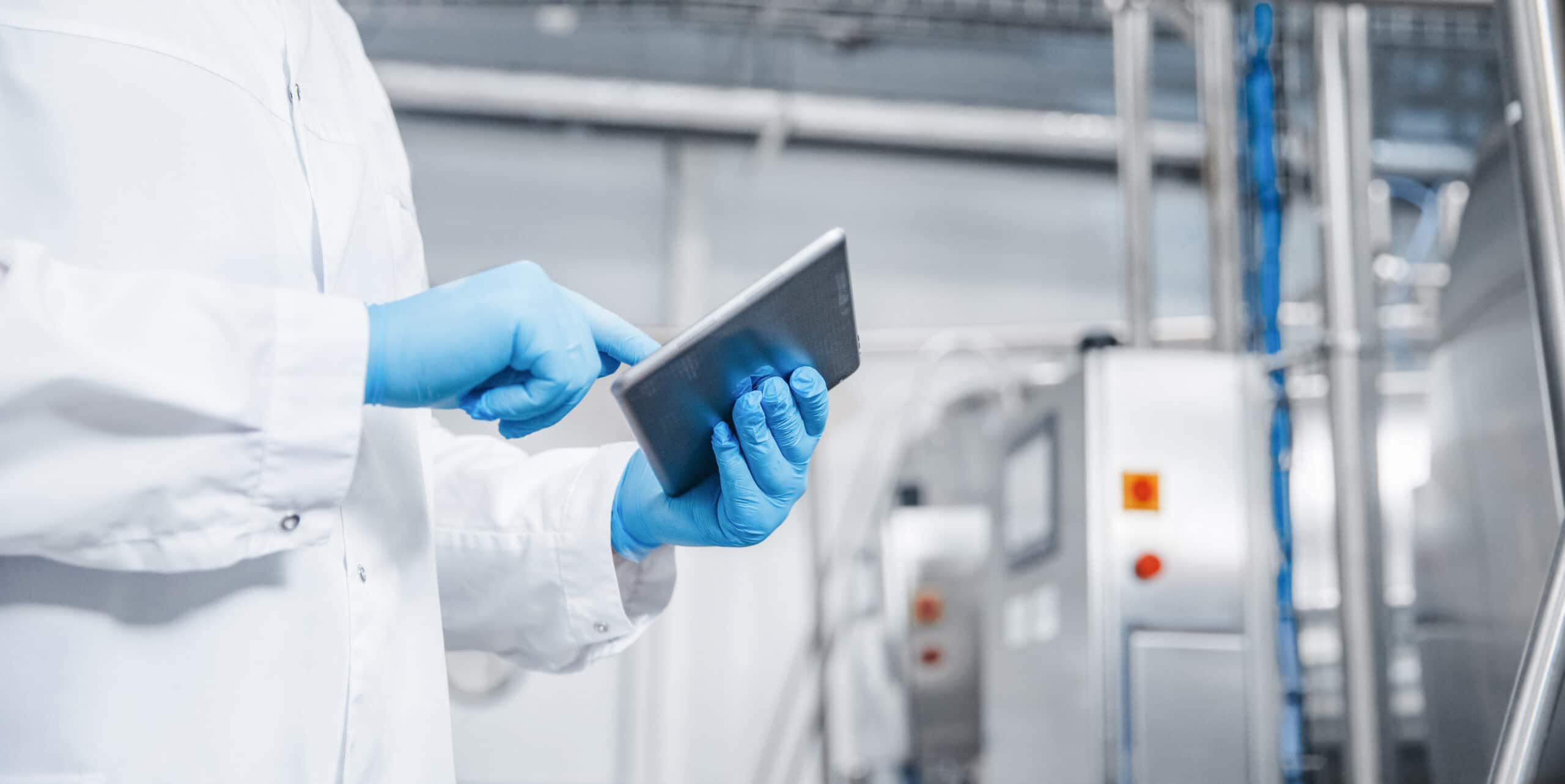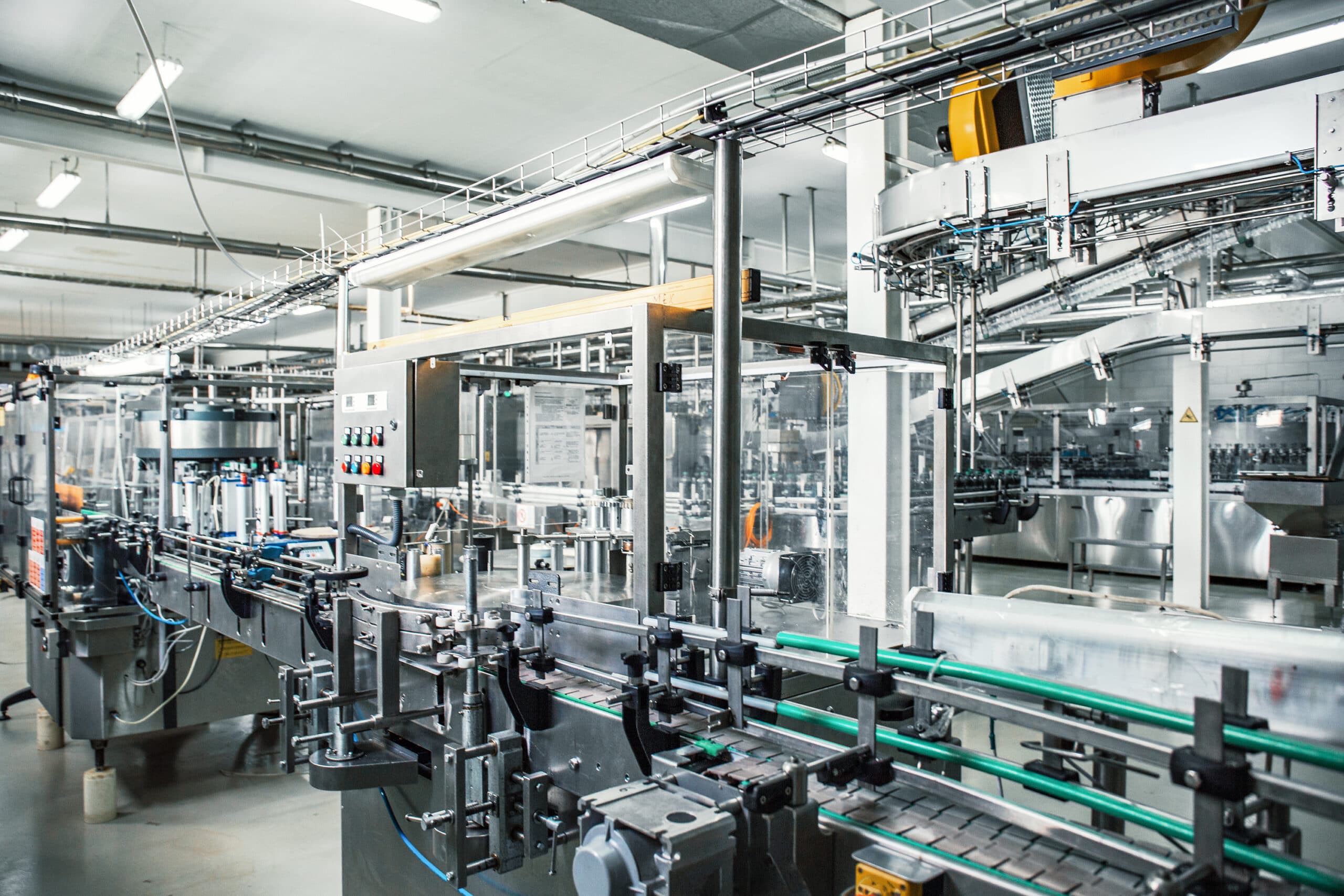
Customer Success Story
Model Driven MES implementation at confectionery manufacturer
- Saving time
- Evaluation of performance and availability
- Digitalization

Customer request
What should be achieved?
A confectionery manufacturer needed a digital solution in order to be able to replace previous, time-consuming analogue processes. However, the primary goal was to be able to evaluate the performance and availability of the systems for the various shifts. In addition, frequent sources of error due to manual interaction should be minimized (e.g. the setting of order-specific scanner and scale data) and additional information, such as the statistical evaluation of weight data of the products per order, should be presented.
Since this customer was a new customer, initially only one production line should be considered. If the initial solution is considered as a success, further production lines will then be integrated.
Prior to implementation
In order to determine the running and disruption times, the respective times were written down. Although tendencies could be identified, concrete statements were not possible.
For the printers, scanners and text recognition, the format on the devices had to be changed manually every time the destination country changed (for the purpose of best-before date), or the scale parameters had to be changed when the product changed. Not everyone was able to do this and the manual conversions took some time. In addition, it was very prone to input errors.
The statistical data of the scales could only be extracted for evaluations with great difficulty, which is why this was often not done.
Technical implementation
In order to be able to achieve the desired goals, a large number of AVEVA Wonderware technologies were used in the sense of AVEVA’s Model Driven MES (MDMES). The Wonderware MES serves as the focal point, which receives the OEE-relevant machine data (production, states, etc.) from the Wonderware System Platform (WSP), which also automatically sends the formats for the BBD to the printer and text recognition. Only the format for the text recognition has to be selected manually via the web interface. The order data is received from the existing SAP and transferred to the MES via a service developed by us. SAP is also notified of changes in the order status and order data can be queried at any time.
Product weight data is automatically recorded and stored using the Wonderware Historian Client. In this way, the data for each order can be easily evaluated.
The MES is operated with the help of a web interface developed by us, for which we used ASP.NET Core. From here, the machine data (e.g. states, speeds) can be tracked almost in real time. For the acquisition of the system data from the WSP, we have developed an extension for the WSP using the Archestra Object Toolkit (AOT). In this way, the relevant data is sent directly to the front-ends and settings are received from the front-end.
The order, production and plant status data that the MES obtains is transferred to a separate database with the help of Wonderware Intelligence. The data is archived there for tracing purposes, among other things.
After implementation
Despite Corona-related difficulties, we were then able to successfully put the system into operation on the desired date after about 7 months of implementation. The success was also immediately noticeable:
- The data on the overall system efficiency is available immediately and can be evaluated directly.
- The availability of the machines can be chronologically broken down according to status reasons in order to reduce specific reasons for disruptions.
- Weight statistics are recorded automatically and can be easily retrieved on an order-by-order basis.
- Device settings are largely automated and other aspects of setup are now much easier and accessible to everyone.
- Order changes are now significantly faster.
Conclusion
Despite the difficulties caused by the Corona Pandemic, the project was implemented in the planned period and successfully put into operation.
Thanks to its intuitive and fast operation, the system was well received by the employees and is rated as a success by all sides.
The next production line is already being planned.
We look forward to the challenges ahead that the next line will bring us.